Mời quý dộc zã thăm viếng
Vatican tuyệt ziệu
Magnificent Tour of the Vatican!
Matthew Trần:
- Thành fố Vatican kũng là quốc za Vatican: một quốc za nhõ nhoi dược bao bọc quanh bỡi một bức tường và nằm trong thành fố Rome kũa Ýdại lợi.
- Ziện tích vào quãng 44 ha hay là 110 acres.
- Zân số dộ vào khoãng 800 người (2011).
- Dó là quốc za dộc lập nhõ bé nhất thế zới noái về ziện tích dất dai cũng như zân số.
- Với các zữ kiện dó, chúng ta hãy thữ kết luận diễm sau đây:
Bọn Zao Diễm cứ ngày dêm bô bô là "Theo lịch sữ (lịch sữ ma chắc ??!!) quốc za Vatican dã dưa quân xâm chiếm Vietnam ???"; chiếm chùa Fật ??
Không biết Vatican lấy quân, lực lượng, máy bay, tàu chiến ỡ mô dễ thực hiện chuyện nớ ??
Thiệt hết biết ??
MT
<<<<<>>>>
Vatican City officially the State of the Vatican City is a landlocked sovereign city-state whose territory consists of a walled enclave within the city of Rome. At approximately 44 hectares (110 acres), and with a population of around 800, it is the smallest independent state in the world by both population and area.
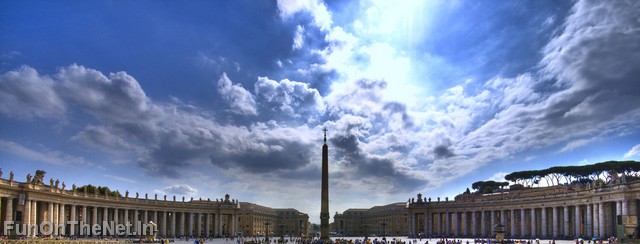
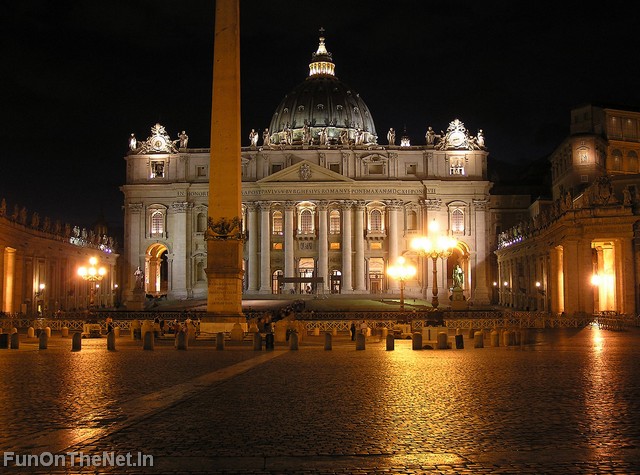

The Vatican City is a city-state that came into existence in 1929
and is thus clearly distinct from the central authority of the Roman Catholic
Church, known as the Holy See, which existed long before 1929. Ordinances of
Vatican City are published in Italian. Official documents of the Holy See are
issued mainly in Latin. The two entities even have distinct passports: the Holy
See, not being a country, only issues diplomatic and service passports; the
state of Vatican City issues normal passports. In both cases the number of
passports issued is extremely limited.

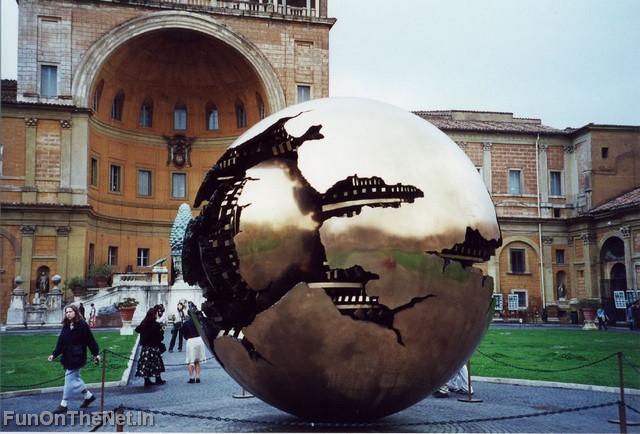
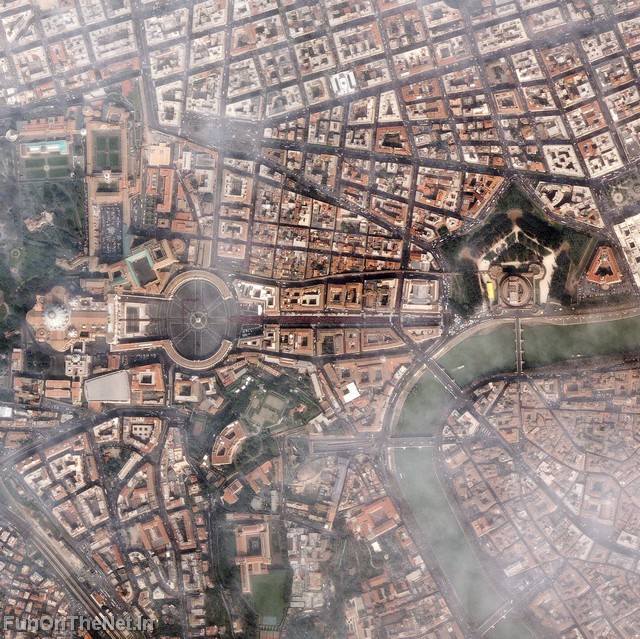
The Lateran Treaty in 1929, which brought the city-state into
existence, spoke of it as a new creation (Preamble and Article III), not as a
vestige of the much larger Papal States (756-1870) that had previously
encompassed central Italy. Most of this territory was absorbed into the Kingdom
of Italy in 1860, and the final portion, namely the city of Rome with a small
area close to it, ten years later, in 1870.

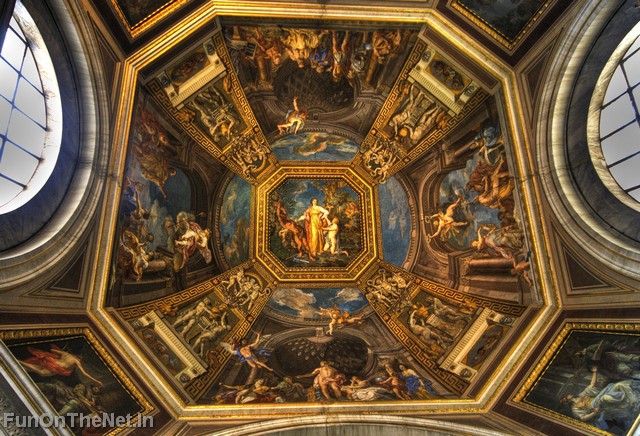
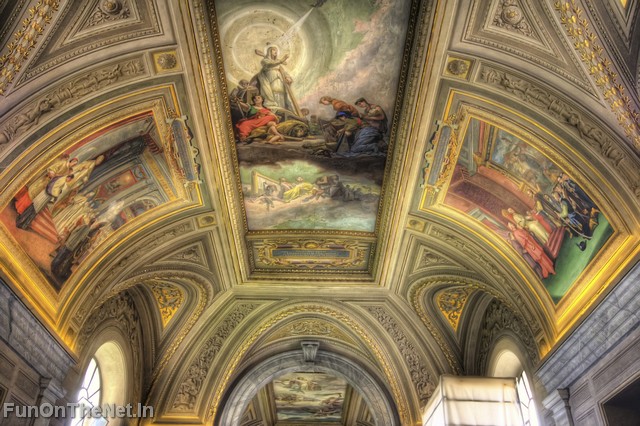
Vatican City is a non-hereditary, elected monarchy that is ruled
by the Bishop of Rome — the Pope. The highest state functionaries are all
clergymen of the Catholic Church. It
is the sovereign territory of the Holy See (Sancta
Sedes) and the location of the Pope's residence, referred to as the
Apostolic Palace.
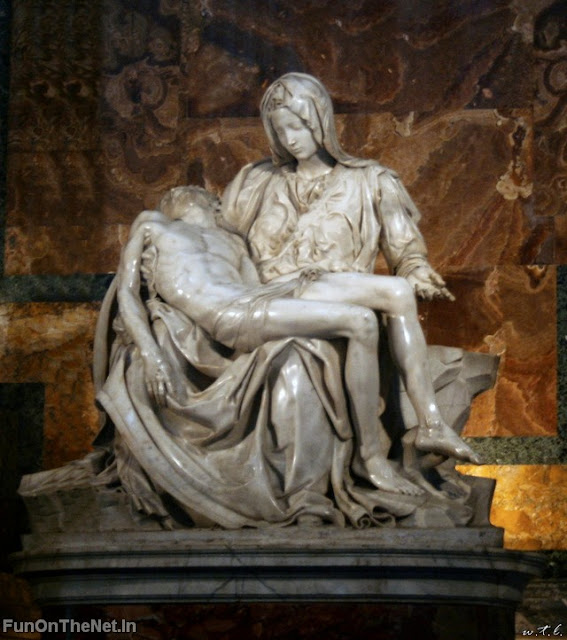
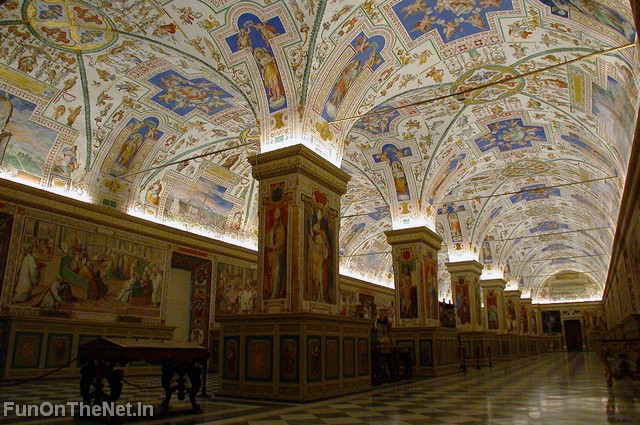
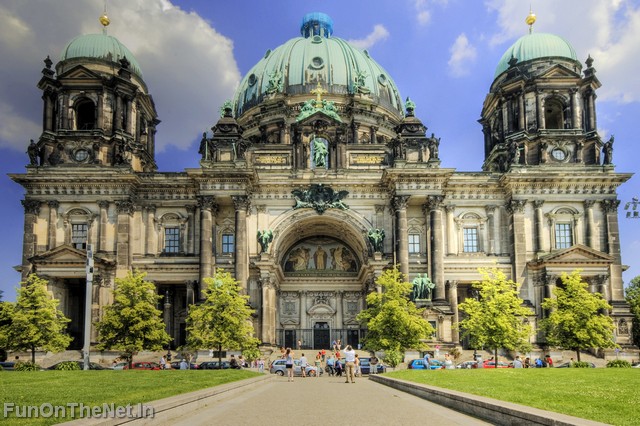
The Popes have resided in the area that in 1929 became the
Vatican City only since the return from Avignon in 1377.
Previously, they resided in the Lateran Palace on the Caelian
Hill on the opposite side of Rome, which was out of repair in 1377.
The signing of the agreements that established the new state took
place in the latter building, giving rise to the name of Lateran Pacts, by
which they are known.
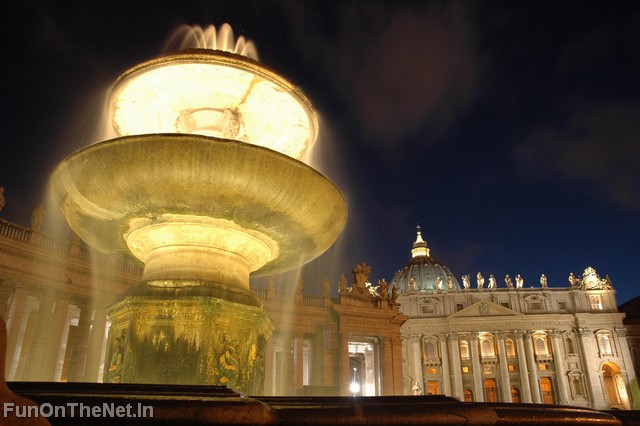
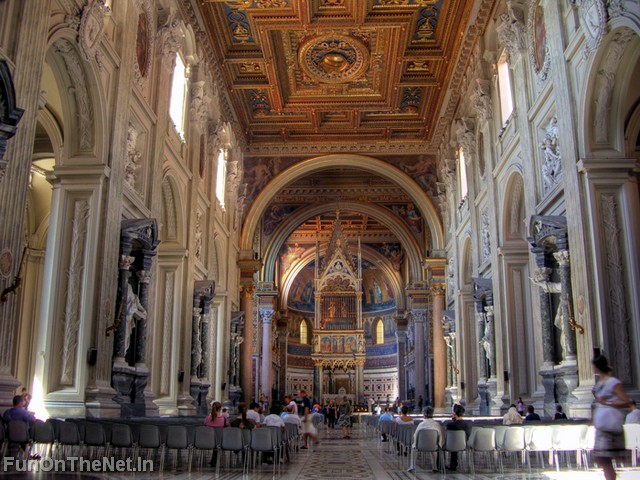
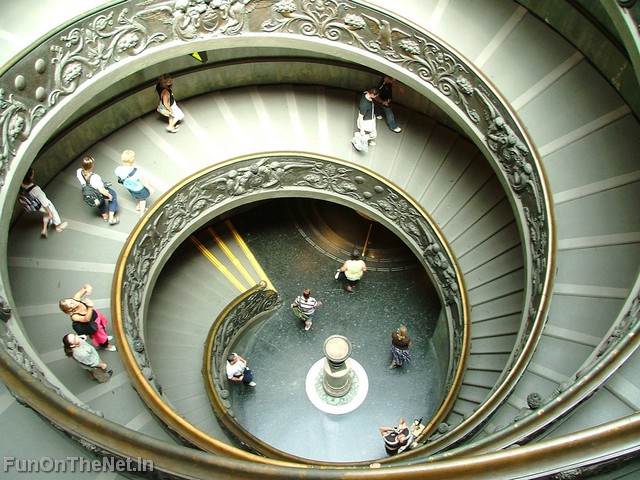
The Vatican City is itself of great cultural significance.
Buildings such as St. Peter's Basilica and the Sistine Chapel are
home to some of the most famous art in the world, which includes works by
artists such as Botticelli, Bernini, Raphael and Michelangelo.
The Vatican Library and the collections of the Vatican Museums
are of the highest historical, scientific and cultural importance.

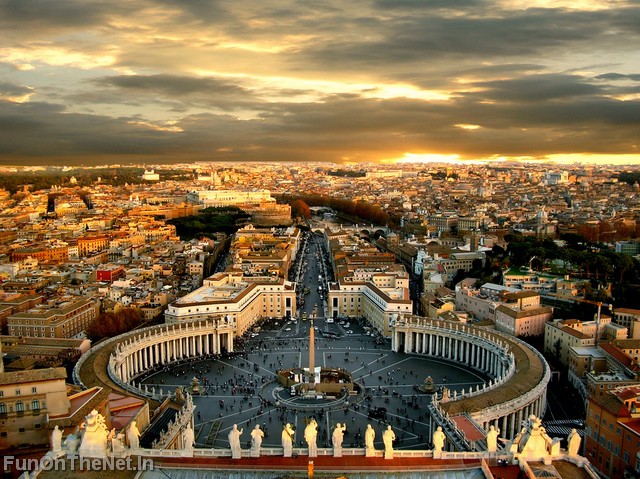
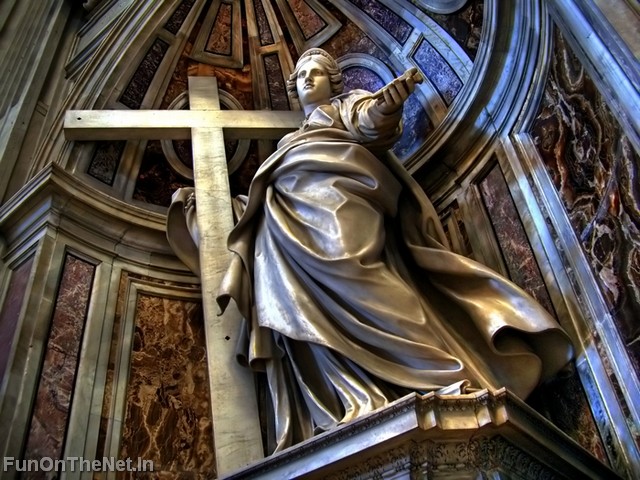
In 1984, the Vatican was added by UNESCO to the List of World
Heritage Sites; it is the only one to consist of an entire state.
Furthermore, it is the only site to date registered with the
UNESCO as a centre
containing monuments in the "International Register of
Cultural Property under Special Protection" according to the 1954 Hague
Convention for the Protection of Cultural Property in the Event of Armed
Conflict.
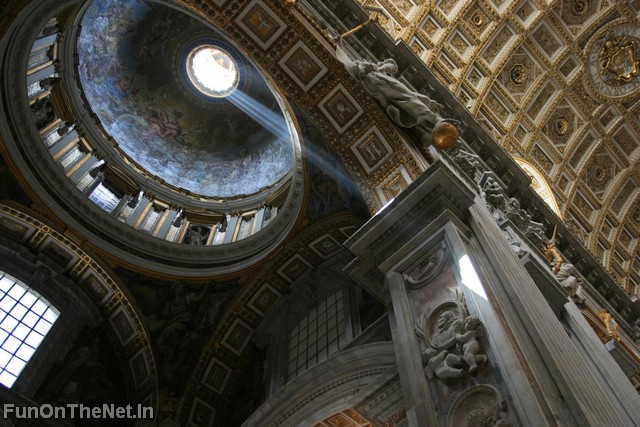
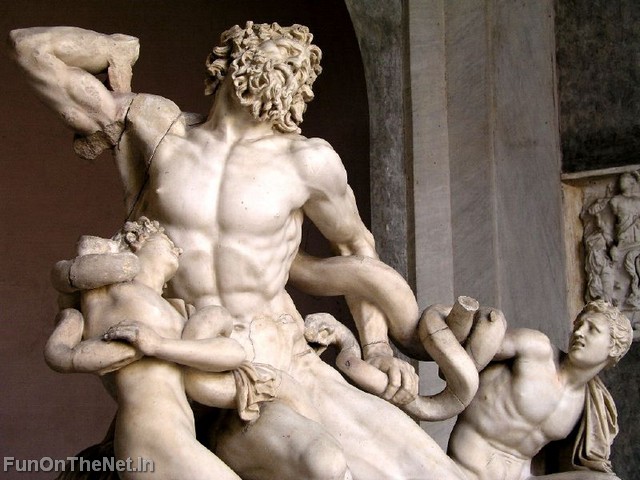
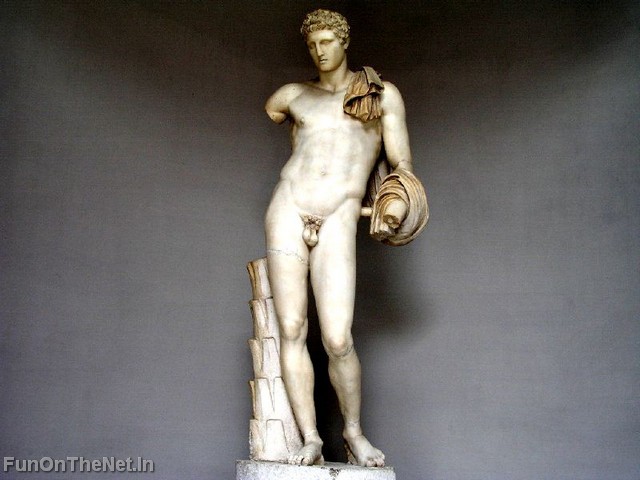









No comments:
Post a Comment
Thanks your Comment